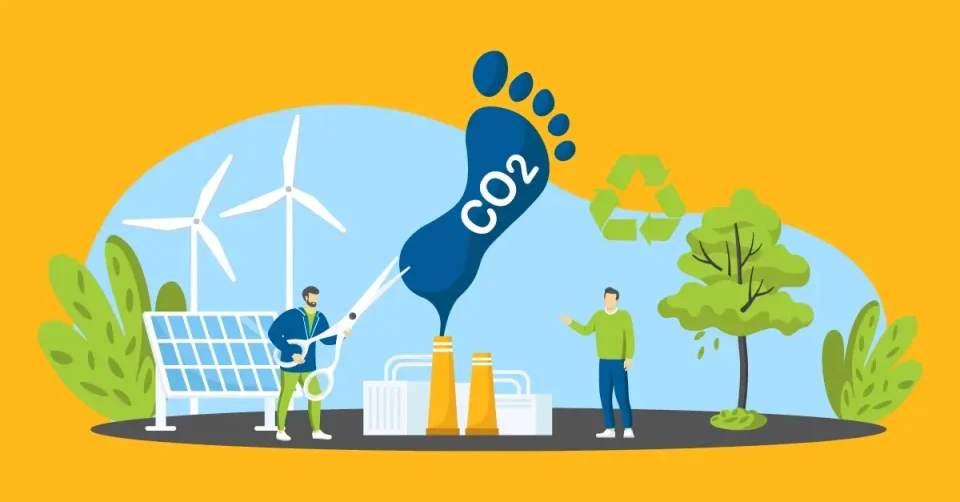- It currently represents less than 5% of globally announced capture capacity; stronger incentives needed
Carbon Capture Utilization and Storage (CCUS) is a crucial element in global decarbonisation, but current economics limit CO2 utilisation deployment as high costs and insufficient subsidies hinder the market, according to Wood Mackenzie’s recent report.
According to Woodmac’s 2050 net zero scenario, more than 7 Btpa of CCUS capacity would be needed, expected to be complemented with about 500 Mtpa expected from a planned carbon capture capacity, with more than 95% dedicated to storage, and less than 5% (22.4 Mtpa) to utilization, according to Wood’s report “To use or not to use? CO2 utilisation as a carbon capture enabler.”
“Expanded CO2 utilisation could bolster overall carbon capture economics, but current high costs, insufficient subsidies, and unsubstantial markets for green premiums are limiting appetite for utilisation growth,” says Rohan Dighe, research analyst, CCUS for Woods.
E-Hydrocarbons are uncompetitive and cost three times more than incumbent technology when using green H2, which comprises more than 80% of the cost of production, according to the new report.
All the same, CO2 mineralization to high-purity limestone is competitive with traditional manufacturing, showing double digit returns if technology is scaled economically, but the market size is limited.
“Aggregates could be more than a 500 Mtpa market, but conversion to aggregates is too expensive today to be competitive,” says Dighe.
Dighe stated that tax incentives like the US 45Q and Canadian Investment Tax Credit support utilization though the way to go are limited in scope, providing insufficient revenue to justify projects. It adds that only the EU has a legislated CO2 utilisation mandate, which is confined to e-fuel use in aviation.
“Policy supporting demand for utilisation products is not strong enough,” says Dighe. “Without markets for these products, utilisation economics will continue to be disadvantaged. Declines in feedstock and technology costs and development of strong policy incentives are crucial for utilisation to become a legitimate, widespread enabler of carbon capture deployment.”

